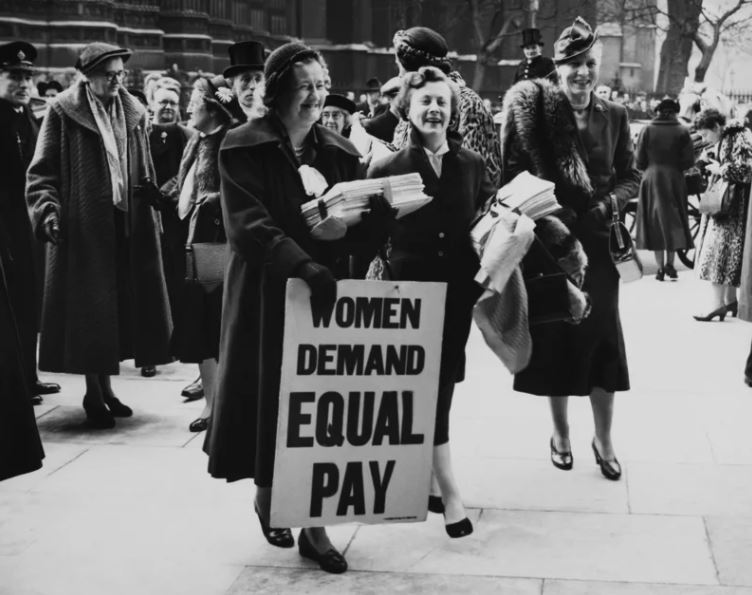
If you determine that you as an employer and/or your employees are covered under the Equal Pay Act, your next move should be to examine your current pay structure, and make sure that there are no potential violations.


employees engaged in the fishing industry, including offshore seafood processing.employees of amusement or recreational establishments having seasonal peaks.Employees who fall into one of the following categories are also exempt from equal pay requirements:
EQUAL PAY ACT PROFESSIONAL
Employees who are exempt from the FLSA are not subject to equal pay requirements, except in the case of executive, administrative, and professional employees and outside salespersons.īe aware that state anti-discrimination laws also address equal pay inequities.Įmployees not covered by equal pay laws. If you are subject to the Fair Labor Standards Act (FLSA), you are also subject to Equal Pay Act requirements (i.e., you must pay men and women the same where they have the same job duties and qualifications). Pay inequities related to protected groups other than gender groups are covered by federal anti-discrimination law. It does not address pay inequities motivated by race, color, religion, or national origin. The Equal Pay Act applies only to pay differences between men and women.

Therefore, in order to comply with equal pay requirements, you need to first determine if you're covered by equal pay laws. In order to be in compliance an employer cannot pay a person of one gender, who is doing the same or substantially the same work as another employee of the opposite gender, less money. Under federal wage and hour law, employers subject to the Fair Labor Standards Act must comply with the Equal Pay Act. Federal law prohibits covered employers from basing pay differences solely on gender.


 0 kommentar(er)
0 kommentar(er)
